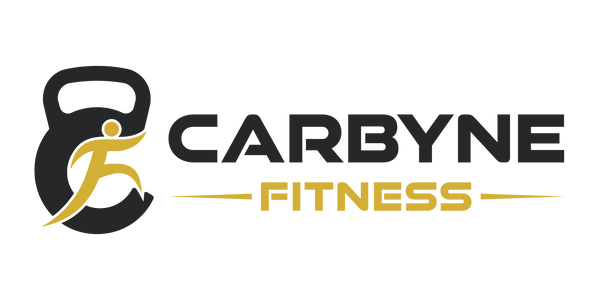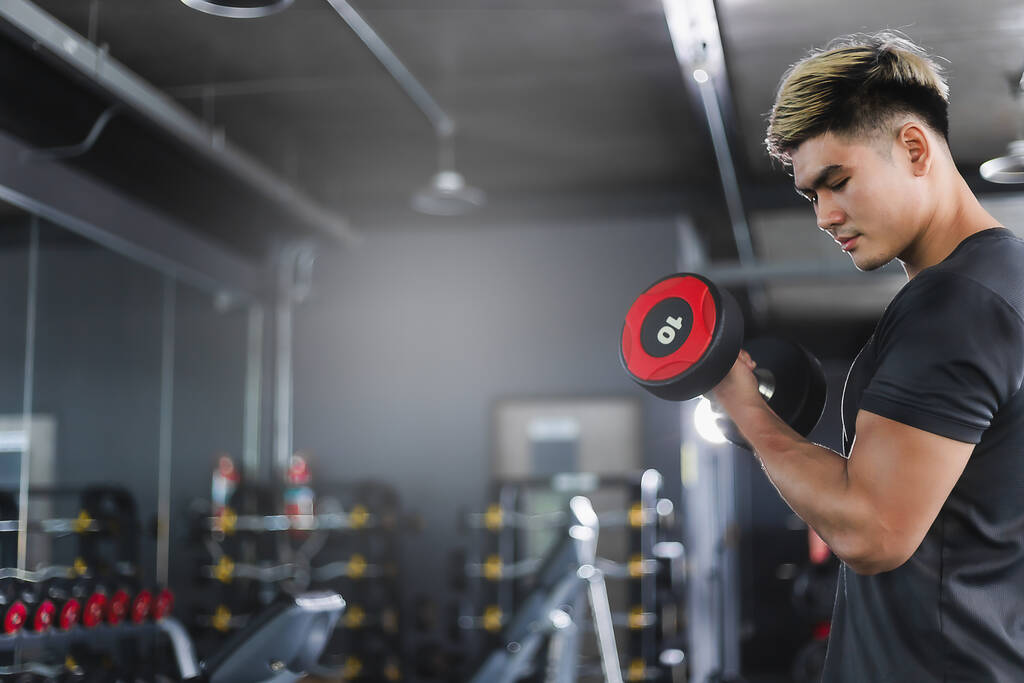In recent years, there has been a debate over which method of exercise is best. Cardio or bodybuilding? Thankfully, new research has been released and this sheds a different light on this old fitness debate. It has been established for a long time that cardio exercises are excellent for the heart, but recent studies indicate strength training may slow cellular ageing and potentially add four years to one’s life.
So which method is best for enhancing longevity and quality of life? Should you go for building cardiovascular health or opt for resistance training and bodybuilding? Let’s dive in to discover which one is best for you.
The Science of Longevity: Cardiovascular vs Resistance Training
Cardiovascular Exercise and Lifespan Extension
Running, cycling, and other aerobic exercises improve heart functioning as well as the delivery of oxygen. One study conducted by Harvard study with over 122,000 participants found that higher cardio fitness levels had a direct correlation to increased lifespan, especially for people over 70. Those who had elite aerobic capacity experienced a mortality risk that was similar to endurance athletes.
This proves that sustained cardio training greatly slows down age-related bodily decline. Another study released in the British Journal of Sports Medicine earlier in 2023 found that regular brisk walking lowered the chances of developing cardiovascular disease by 31%, proving that even moderate cardio is extremely beneficial.
Strength Training’s Anti-Ageing Effects
Moderate-intensity cardio improves metabolic functioning, lowers inflammation levels, and improves the body’s ability to repair DNA. A 2022 meta-analysis claimed that doing resistance training for 60 minutes a week cuts all-cause mortality by 27%. Also, exercises like squatting and deadlifting engage large muscle groups causing fundamental anti-inflammatory responses that are beneficial against chronic diseases.
Quality of Life Showdown: Cardio vs Weight Training
Cardiovascular Health and Daily Function
Regular cardio exercise maintains endothelial function and blood flow, crucial for preventing age-related mobility issues. Studies show it reduces cardiovascular mortality risk by 19% while improving cognitive performance and mood regulation. However, long-distance running is one of the most strenuous activities an athlete can be subjected to, especially within decades, leading to chronic damage to knees, legs and endurance. According to the research, marathon runners are always above the average region of knee osteoarthritis when compared to moderate exercisers.
Muscle Mass and Independence Preservation
Strength training provides unique advantages for ageing populations. Two weekly sessions reduce fall risks by 30% through improved balance and bone density. It also combats sarcopenia – the muscle-wasting condition affecting 10% of adults over 50. Research links maintained muscle mass to 44% better physical function scores in later life. Simple equipment like adjustable dumbbells enables progressive overload, ensuring continuous muscle adaptation without gym access.
The Synergy of Combined Training
Optimal Exercise Programming for Longevity
Current guidelines recommend 150 minutes of moderate cardio plus two strength sessions weekly. A JAMA study found this combination lowers mortality risk by 47% compared to sedentary lifestyles. The interplay between aerobic capacity and muscular strength creates compounding benefits – improved insulin sensitivity from weights enhances cardio efficiency, while better cardiovascular health supports muscle recovery.
Implementing Balanced Routines
Effective programmes alternate focus days while incorporating hybrid sessions. For example:
-
Day 1: 30-minute HIIT cardio on a rowing machine + core work
-
Day 2: Full-body resistance training with adjustable dumbbells (squats, presses, rows)
- Day 3: Steady-state cardio (cycling/swimming)
- Day 4: Mobility-focused strength training using bodyweight circuits
This approach addresses all longevity markers – VO2 max, muscle protein synthesis, and joint resilience. Our Plate Loaded Functional Trainer excels here, allowing seamless transitions between cardio intervals and resistance moves like lat pulldowns.
Optimising Home Workouts with Carbyne Fitness Equipment
Cardio Solutions for Limited Spaces
Our indoor rowing machine offers low-impact cardiovascular training adaptable to small homes. Its ten resistance levels accommodate interval training or endurance sessions, burning up to 600 calories per hour. The foldable design ensures efficient storage, making it ideal for flat dwellers. Pair it with a heart rate monitor to stay within optimal zones for fat burn and endurance building.
Versatile Strength Training Tools
The CARBYNE 415 Adjustable Dumbbell (4kg–41.5kg) enables progressive resistance training in 1.5kg increments. Users can transition from light shoulder presses to heavy deadlifts without multiple equipment pieces. This bench is complete with an ergonomic grip which minimises wrist strain for high repetition sets, making it even more helpful for preserving joint structure. Alongside the 30KG Commercial Bench, it allows users to easily perform compound exercises such as incline chest presses, working several muscle groups at the same time.
Hybrid Training Systems
Our Plate Loaded Functional Trainer supports both cardio and strength workouts through its dual pulley system. Attach resistance bands for high-rep metabolic conditioning or load weight plates for traditional strength moves. This versatility mimics real-world movements like lifting groceries or playing with children, enhancing functional fitness. Its smooth bearings ensure safe transitions between exercises, reducing injury risks during solo workouts.
Space-Efficient Storage Solutions
Our Barbell Holder and Dumbbell Rack keep equipment organised in tight spaces. The world’s smallest standalone barbell rack fits snugly in corners, while modular shelving accommodates adjustable kettlebells and weight vests. By reducing clutter, these solutions help maintain consistent training habits – a key factor in long-term health outcomes. The vertical dumbbell rack’s anti-slip coating prevents accidental tip-overs, ensuring safety in busy households.
Future Directions in Longevity Fitness
Emerging research explores time-efficient protocols like blood-flow-restricted training and concurrent cardio-strength hybrids. Preliminary data suggests that 20-minute combined sessions using equipment like resistance bands and spin bikes may offer 80% of traditional workout benefits. Our evolving product line aligns with these trends, offering compact tools that support high-intensity hybrid training. Innovations like smart resistance adjusters, which auto-set weights via fitness trackers, could revolutionise home gyms by 2025 and beyond.
The verdict? While both exercise modes extend lifespan, strength training provides superior quality-of-life preservation. However, maximal benefits emerge from strategic combination – a paradigm achievable through smart equipment choices and disciplined programming. Our curated range eliminates barriers to balanced training, proving you don’t need a gym membership to invest in your longevity.

